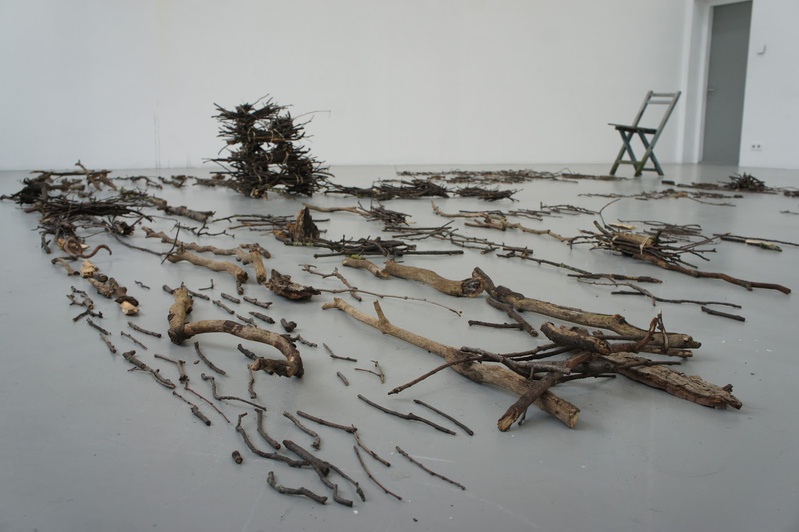Often described as a ‘social archaeologist’, Thierry Oussou uses objects, materials and people’s habits such as an ancient oral tradition or contemporary conventions to delve deeper into the unique characteristics of the society he studies. By using his own personal perspective, he transforms these characteristics into stories and images that reveal the social, historical and political power structures that exist around us. This means that, in his work, Oussou primarily observes his surroundings and he asks clear questions about the present and the past, using these to find ways to improve the future.
In an interview in 2015 Oussou said: “I agree that changes should happen, but I have a desire to document the vanishing before it is completely gone, to keep the trace of the tradition, the imprint of the past in the future. Forgetting and not being aware of your own history can also be used as a tool of manipulation by politicians, thus I also feel there is a need to save some things just for the sake of knowing.” Based on this perspective, you could say that the visual artist, just like Milena Bonilla, is looking for a new socio-economic model. A model with room for historical developments and explanations, but at the same time a model that redefines the classic relationships between nature, economic growth and political power structures.
La Poesie (2013) is an installation consisting of tree branches that redesigned especially for each new presentation, based on locally found branches. In this case they come from the Kralingse Bos in Rotterdam. Adjusted to the space they are in, the branches are placed rhythmically, or chaotically on the ground. This looks very mysterious. The branches are organised and sometimes stacked in such a way that the work of art looks like handwriting. And this is exactly what Oussou is aiming to do: writing with wood. To Oussou, poetry is not something you can only write with pen and paper, but poetry is all around us in natural forms. You just have to see it, and take it indoors.
Poetry expressed in form and composition is not new. In the mid-20th century, so-called ‘concrete poetry’ became popular. Even though these poems did still consist of words, the meaning of the text became less important. The emphasis was on visual composition and typography. In La Poesie Oussou took this one step further in and looked for a language in nature. The branches do seem to capture our imagination in this process. As if they are saying to the visitor that a new connection between mankind and the earth will be the start of a better future.

